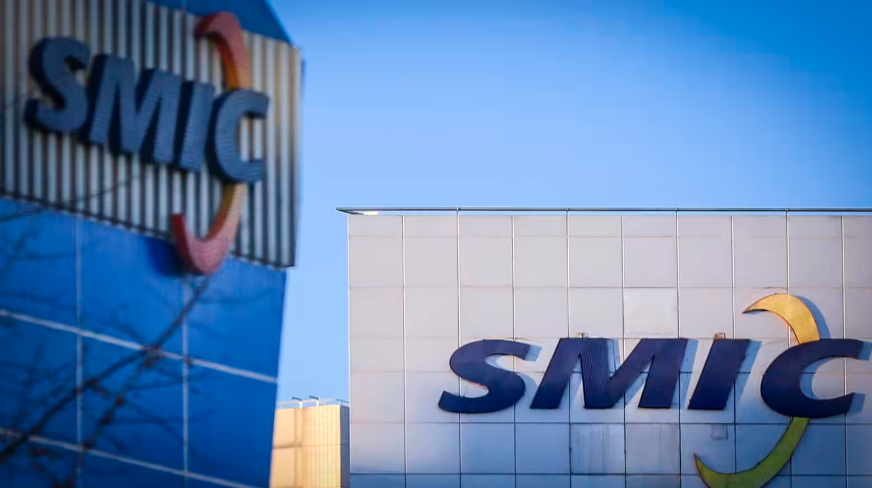According to Nikkei, China's top chipmaker SMIC said it expects demand for consumer electronics to recover next year, after demand for locally manufactured chips pushed its quarterly revenue above $2 billion for the first time.
According to a new white paper from market research firm GfK, total retail sales in China's consumer electronics market are expected to grow by 5% in 2024, and this growth momentum is expected to continue until 2025. The consumer technology market has already shown a positive growth trend in the second quarter of 2022, growing by 6% year-on-year compared to the first quarter, a trend that heralds continued consumer demand for new technologies and products. The premium smartphone market is also showing strong growth momentum, which is expected to drive the consumption of new phone replacements.
In the coming years, 5G and artificial intelligence technologies will be the key forces driving the recovery of the consumer electronics market. SMIC expects demand for next-generation 5G smartphones, smart home devices, and IoT devices to grow significantly as 5G network infrastructure improves. Faster connection speeds and low latency will enable more AI applications with real-time capabilities, which will facilitate the diversification and upgrading of consumer electronics.
For SMIC, focusing on mature process nodes (e.g., 28nm, 14nm, etc.) and advanced nodes (e.g., 7nm, etc.) will make it more competitive in the market. Especially in the Chinese market, the demand for mid-to-high-end 5G smartphones and AI-driven devices is expected to be an important driving force, providing a broad market space for Chinese chipmakers such as SMIC.
SMIC also pointed out that as technology evolves, there will be a new shift in consumer preferences for smart devices. By 2025, consumer demand for high-performance, energy-efficient, and AI-enabled devices will gradually become mainstream. As the focus on sustainability grows, so does the preference for energy-efficient electronic devices. In the future, consumer electronics products may pay more attention to high performance and intelligence, from the image quality of the display, the speed of the processor to the shooting effect of the camera, will further meet the demand of consumers for high-quality products.

Figure: SMIC: Consumer electronics will recover in 2025
In addition, new consumer electronics such as wearables and AR/VR devices are expected to boom in the coming years. These devices require higher chip performance and energy efficiency, and SMIC's breakthroughs in some mid-to-high-end process nodes give it the potential to provide core technologies for these products.
In recent years, the global semiconductor supply chain has faced many challenges, especially the Sino-US trade friction, which has exacerbated China's demand for semiconductor self-sufficiency. The Chinese government has been committed to promoting the development of the local chip industry, and has provided huge investment and policy support to achieve technological independence. As a leading foundry in China, SMIC has benefited from this policy support, not only making important breakthroughs in mature process nodes, but also continuously expanding the layout of advanced nodes, laying the foundation for future growth.
This self-sufficiency strategy will not only strengthen the resilience of China's semiconductor supply chain, but will also bring more local customers and projects to SMIC. In the context of globalization, reducing reliance on international suppliers may also open up new opportunities for SMIC, especially in the consumer electronics segment, where domestic market demand growth gains a significant share.
SMIC's outlook for the recovery of the consumer electronics market in 2025 reflects its confidence in the market environment and technological developments. While global economic uncertainty and weak demand may impact the semiconductor industry in the near term, the recovery in technological advancements and market demand over the next two years is expected to bring a strong rebound.
With the promotion of 5G and AI technology, the consumer electronics market is likely to usher in a wave of innovation in 2025. Smartphones, smart homes, wearables, etc. will regain the attention of consumers and provide new growth points for semiconductor companies such as SMIC. Through the deployment of advanced processes and mature process nodes, SMIC is expected to occupy an important position in this round of recovery.






